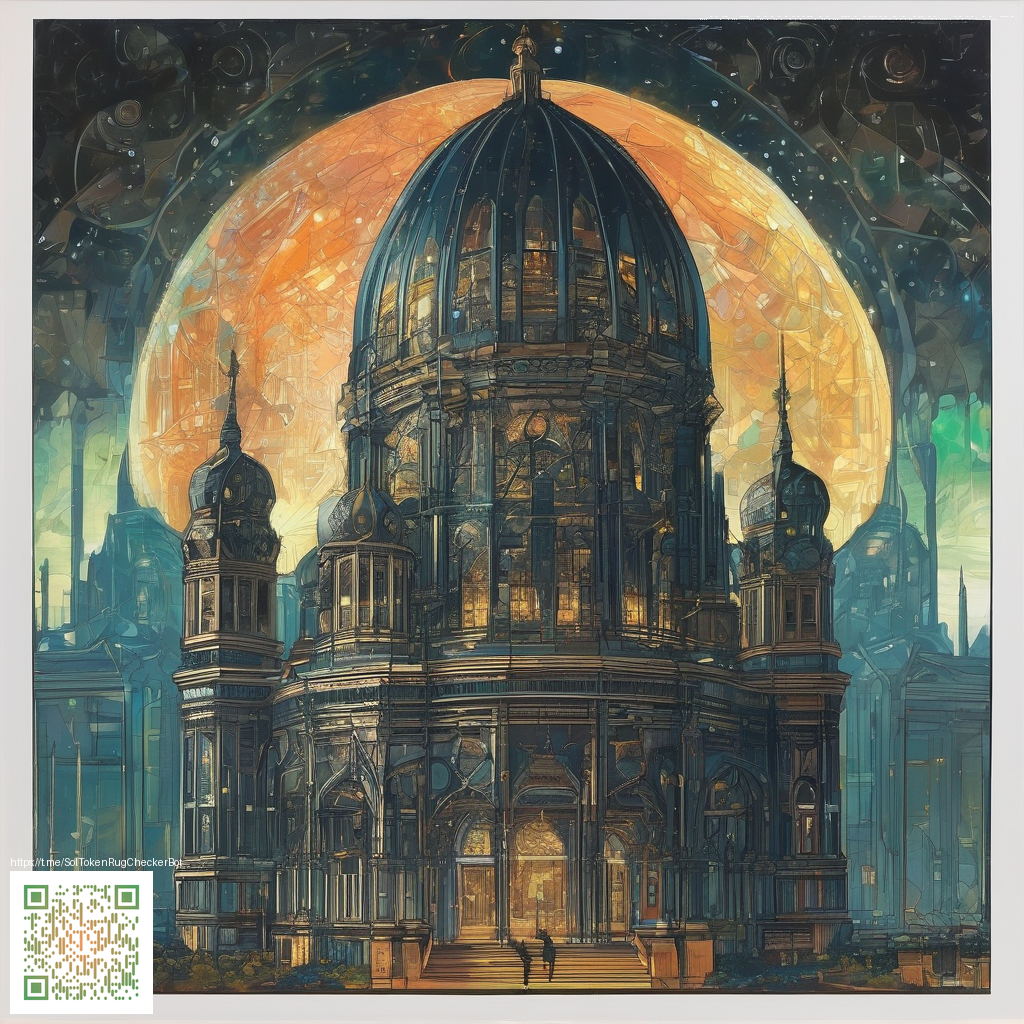
Image credit: X-05.com
Pointer Pointer and the Rise of Cursor-Based Web Art
Cursor-based art treats the pointer not as a mere navigation tool but as a central agent in the artwork itself. The progression from static visuals to interactive surfaces mirrors a broader shift in how we experience the web: from passive pages to responsive systems that respond to touch, motion, and position. Pointer Pointer, as a reference point in this movement, exemplifies a genre where the cursor orchestrates the composition, provoking immediate, often playful, reactions from the interface. This article analyzes how such works have evolved and what they reveal about contemporary digital aesthetics and user engagement.
The rise of cursor-based web art aligns with advances in browser capabilities and the democratization of interactive frameworks. JavaScript queries, canvas rendering, and real-time feedback loops enable artists and developers to choreograph complex responses to user input. As screens proliferate—from desktops to tablets to smartphones—the cursor has become a universal metaphor for agency in the digital space, a constant reminder that interaction can be a material property of art itself rather than a bottleneck to experience.
The cursor as a sculptor: how cursor-based art reframes interaction
- Immediate feedback transforms intention into perception; users see the result of their actions in real time, creating a tangible sense of collaboration with the piece.
- Contextual humor and surprise emerge as the cursor reveals hidden details, parodies, or optical illusions, inviting playful exploration rather than passive consumption.
- Design tension arises between complexity and clarity; artists balance responsiveness with performance to maintain fluidity across devices.
- Accessibility considerations require thoughtful alternatives and progressive enhancement to ensure inclusive experiences without compromising the aesthetic.
From code to canvas: techniques behind cursor-driven works
Several technical approaches power cursor-based art. DOM-based interactions use pointer events to modify shapes, colors, and layering in real time. Canvas and WebGL enable more complex visuals, including particle systems, shader effects, and multi-pass rendering that respond to cursor position or velocity. Artists experiment with CSS variables and SVG filters to craft subtle, performance-conscious experiences that still feel tactile. The common thread is a disciplined emphasis on responsiveness, so the artwork remains legible and engaging whether the cursor is fast, slow, or stationary.
Practical considerations matter just as much as aesthetics. Efficient event handling, debounced updates, and accessibility-aware contrasts keep experiences usable across devices and user needs. The best cursor-based works blend technical sophistication with a clear sense of rhythm and purpose, ensuring that interaction remains meaningful rather than merely decorative.
The tangible side: bridging digital art and physical design
As cursor-based art matures, designers increasingly consider how digital experiences intersect with physical objects. Accessories like the phone case with card holder magsafe-compatible-slim-polycarbonate illustrate this convergence: a tangible platform that carries digital culture into daily use. Such products embody how modern design treats devices as gateways for expression, rather than separate artifacts. The case is not just protection for a phone; it is a small, portable interface that can harmonize with digital artwork, augmented reality experiences, and curated themes that users carry with them throughout the day.
In this context, a thoughtfully engineered peripheral becomes part of the user journey. The combination of a sleek polycarbonate shell, magnet-friendly MagSafe compatibility, and a slim profile mirrors the ethos of cursor-driven art—precision, responsiveness, and a clean, unobtrusive interface that supports creative exploration without stealing focus from the content.
Practical guidance for creators exploring cursor-based art
- Prioritize performance: optimize rendering paths and minimize reflows to maintain a smooth cursor experience on varied devices.
- Design for accessibility: provide alternative interaction modes and ensure high-contrast visuals to remain legible when users interact with the artwork.
- Adopt progressive enhancement: deliver a meaningful experience even on limited environments, then layer on richer effects for capable devices.
- Plan for cross-device consistency: ensure the core concept remains intelligible across desktop, tablet, and mobile inputs, recognizing differences between cursor and touch interactions.
For creators aiming to explore this space, the underlying message is simple: the cursor can be a collaborator, not a constraint. By aligning interaction design with expressive intent, artists can craft works that invite sustained engagement rather than brief novelty. The result is a browser-native form of sculpture—alive, responsive, and intimately tied to the reader’s presence on the page.
Product note: the intersection of digital art and everyday devices is not just theoretical. Tools and accessories—such as a MagSafe-compatible, slim polycarbonate phone case with a card holder—demonstrate how physical design supports digital culture. When users carry elegant shells that complement their devices, they extend the aesthetic vocabulary of cursor-based art into real-world contexts, reinforcing the idea that interaction is a holistic, daily experience rather than a rare event on a standalone screen.
As cursor-driven works continue to evolve, audiences can expect more nuanced interactions, more sophisticated rendering techniques, and broader conversations about accessibility and inclusive design. The cursor remains a simple, powerful instrument—capable of revealing depth in the smallest gestures and the quietest movements.
Phone Case with Card Holder MagSafe-Compatible Slim PolycarbonateMore from our network
- Cross-checking ground data for a hot giant in Vulpecula (BP RP-247 mag)
- From Pixels to Panels: Designing Digital Wallpapers for All Screens
- DR3 Precision Illuminates a 35000 K Serpens Blue Giant
- Post-Launch Growth Strategies for Sustainable Momentum
- Luminous Blue Beacon from About 92,000 Light-Years Away